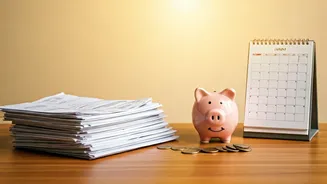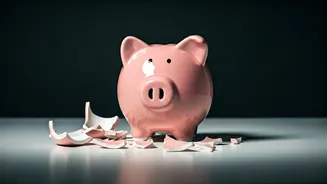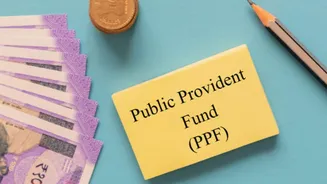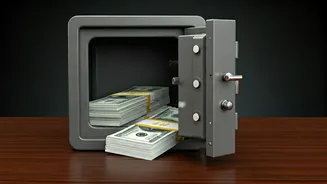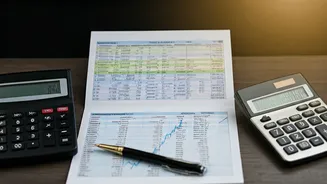Finding Financial Resources
When the paycheck stops, finding alternative sources of money becomes critical. The first step is to apply for unemployment benefits, which vary by state.
However, other resources like credit cards, checking account lines of credit, and retirement accounts can offer immediate relief. It's crucial to understand the pros and cons of each option to make informed choices. This includes carefully considering interest rates, repayment terms, and potential penalties to avoid long-term financial strain.
Unemployment Insurance Benefits
The cornerstone of financial support during joblessness is unemployment insurance. To access these benefits, you'll need to contact the relevant department in your state. The application process will vary, so research your state's specific requirements and application procedures. This insurance offers a temporary financial safety net while you search for new employment. Filing promptly is crucial to receive benefits as quickly as possible. Understand what is offered by the state and plan accordingly, as this will affect your financial management during this period.
Cards and Credit Lines
While ideally credit cards are paid in full monthly, they can provide a temporary financial lifeline during unemployment. Focus on using cards with the lowest interest rates first. Aim to make at least the minimum payments on all cards to maintain your credit score. Many banks also allow customers to temporarily defer payments, so it is prudent to explore options with your credit card issuers. A checking account with an overdraft protection line of credit offers an additional, if limited, source of funds. Remember that these are short-term solutions, and proper financial management is still vital.
Retirement Accounts for Relief
Accessing funds from retirement accounts, like 401(k)s and IRAs, is generally discouraged before retirement. However, during periods of unemployment, these may be considered as a last resort. 401(k) loans allow you to borrow and repay over time, although the borrowed funds will no longer grow tax-deferred. Withdrawing funds, the more common option, involves paying income tax on the withdrawn amount and potentially a 10% penalty. In certain situations, such as financial hardship, the IRS might waive the penalty. Be aware of the tax implications. The process may also be different if you are managing an IRA.
Prioritizing Bills Wisely
With a reduced income, prioritizing bills becomes a necessity. Essential expenses like food, rent, and utilities must be addressed first. You may be eligible for programs like SNAP for food assistance and LIHEAP for help with energy bills. If you are a renter, contact your landlord to explain your situation, and see if they can work with you to delay or set up partial payments. Mortgage holders should reach out to their loan servicers to explore payment postponement options. Contact lenders for car loans and insurance to explore potential payment deferrals. Take the time to evaluate all options to see how you can reduce financial strain.
Preserving Your Credit Rating
Maintaining a good credit score is important during and after unemployment. By making at least the minimum payments on your accounts by their due dates, you can protect your credit rating. Avoid late payments and consider contacting creditors to discuss temporary adjustments to your payment schedule. It's also wise to check your credit reports regularly to ensure there are no errors that could negatively affect your score.
Recovery and Rebuilding
Once you're employed again, the focus shifts to recovery and rebuilding your finances. Make any agreed-upon payments to your creditors. Pay down your credit card balances, starting with the ones that have the highest interest rates. This is also an opportunity to establish or replenish an emergency fund with three to six months' worth of living expenses in a liquid account. Debt consolidation loans may be a good strategy to pay off debts after unemployment. By proactively managing debts and savings, you can rebuild financial stability and be better prepared for future uncertainties.
